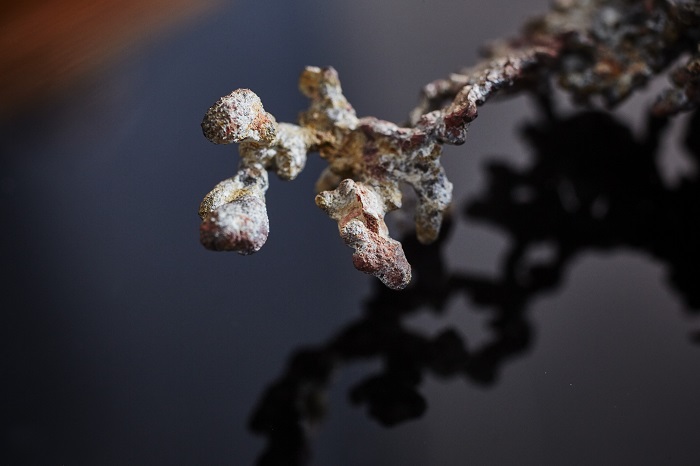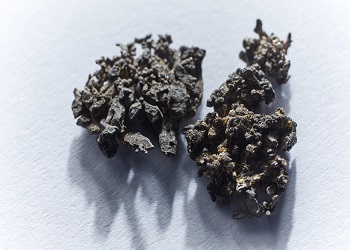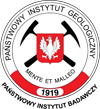Copper (symbol Cu) is a metal with specific colour and bright luster. Its Latin name Cuprum is derived from the island of Cyprus where copper was mined as early as 1,500 BC. Its pure form called native copper is seldom found in nature and accounts for approx. 1% of all copper compounds. About 90% of the remaining copper occurs in sulphide ores and 9% of it in metal oxides. Therefore, copper is obtained mostly from the ore minerals of which more than 160 are found in nature. The most important copper ores are: chalcocite, bornite, chalcopyrite, digenite, covellite, cuprite, malachite, djurleite, anilite and idaite. Bornite is also an important source of silver (about 15% Ag).

Silver (symbol Ag) is a silver-white metal that occurs in nature as native silver and electrum. This metal is also obtained in the process of electrolytic refining of copper.

Polish copper and silver ores located in Sudetic and Fore-Sudetic regions were formed about 200 million years ago as a result of upword movement of metal-bearing solutions through the Rotliegent and Zechstein interface (sandstones, shales and dolomites). The flow resulted in oxidation of rocks and zonal distribution of metals. Gold and platinum metals occur in the oxidised rocks alongside iron oxides. Mineralisation zones were successively formed around the oxidised areas with prevailing copper, lead, zinc and iron ores. Black shales with very high concentrations of valuable metals were essential to the ore formation process.
Six key types of mineralisation occur in the deposits, namely:
- dispersed mineralisation – in the form of impregnation and void filling in all rock types,
- pocket mineralisation – in dolomites and sandstones,
- vein and lentil mineralisation – in copper shales, dolomites and sandstones,
- laminated ore mineralisation – in sandstones,
- massive mineralisation – in sandstones with anhydrite matrix and dolomites.








